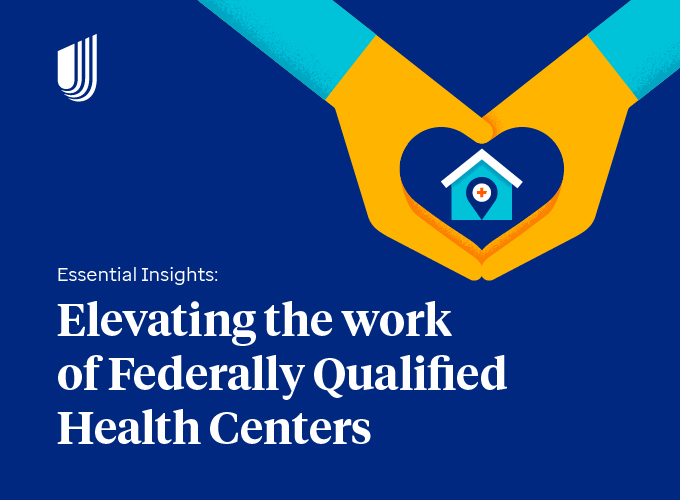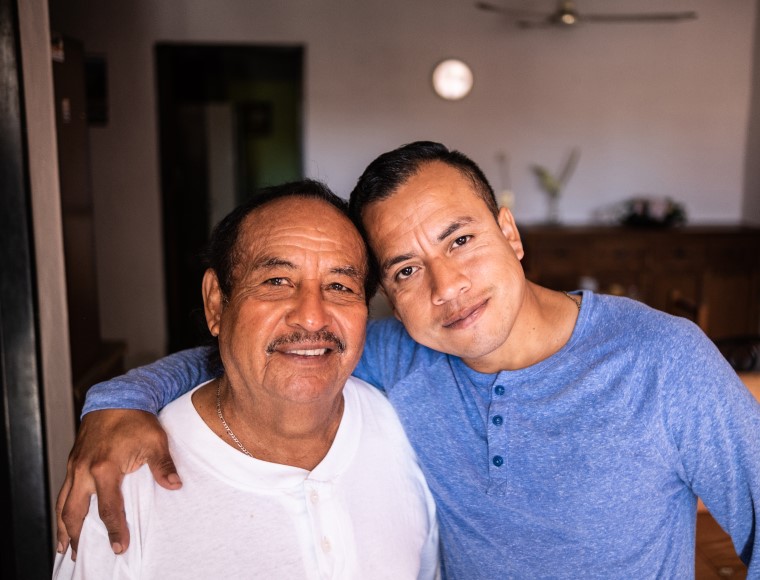Vicki Grubaugh is Director Behavioral Health & Substance Use Disorders, Kerianne Guth is Director Care Management and Tom Tracy is Senior Director Clinical Strategy at UnitedHealthcare.
A primary goal for health plans should be to respond to an individual's health needs from a whole person approach. It is particularly important for care delivery teams to recognize that both physical conditions and emotional well-being are inextricably connected to a person's overall health. Thankfully, providers today have potential access to more tools than ever to ensure they are equipped to treat the whole person.
Implementing integrated care into practice
Transforming clinical care to include treating members’ behavioral, social and emotional needs offers numerous benefits for both the member and providers. One study shows that clinically, 50% of patients had a greater than 5-point reduction in their PHQ-9 depression scores and 32% experienced a more than 50% reduction when receiving integrated, whole-person care.1 And when providers are able to connect physical and behavioral health treatment, members become better engaged in their own health and well-being.
Integrated care equips providers with more effective tools for diagnosis and treatment. In addition, through an integrated approach to care, the potential workforce is expanded. Paraprofessionals such as community health workers and peer support specialists, who offer care management, social support and skill-building services, play an important role in integrated care for both members and providers. The use of these supports has been shown to improve behavioral health access2 and outcomes3 across age groups and diagnoses.
Reducing disparities while improving health equity
Integration is also an important strategy for addressing racial, ethnic and geographic behavioral health disparities. As in other areas of health care, there are striking racial disparities in access to behavioral health care.4 While access to services has improved steadily for people who are White over the past decade, there has been less improvement in access for people of color, further widening racial disparities.
Workforce challenges and a lack of technology, such as high-speed internet, are additional barriers to integrating health care today.5 It is estimated that the United States needs an additional 7,400 mental health providers to meet current demand.6 These challenges are particularly acute in rural communities where provider shortages tend to be more severe. Integration can help increase access by leveraging local providers more efficiently, incorporating telemedicine to fill gaps and promoting collaboration with community services.7
Committing to care for the whole person
The COVID-19 pandemic has had an impact on people’s mental health. Some people are dealing with depression and/or anxiety for the first time. At the same time, it is largely recognized that a person’s emotional and social needs directly relate to their ability to stay physically healthy.
UnitedHealthcare Community & State continues to make strides in integrating care at all levels. A pilot is underway with non-clinical call center employees who have been trained to inquire with every member regarding how the organization can help them with any behavioral health needs they may have. This effort helps to normalize the idea of treating behavioral health for those members who may be hesitant to and helps make the connection for them between their physical well-being and their behavioral health. So far, about 10% of all people asked have responded that they would indeed like assistance in seeking behavioral health support.
UnitedHealthcare Community & State is also rolling out an in-hospital, value-based care arrangement to increase the connection of members with an Opioid Use Disorder to treatment. Through the arrangement, a medical facility is provided with actionable data, resources and micro incentives if they initiate medication-assisted treatment (MAT) while a member is in the hospital. Providers then connect the members to ongoing community-based treatment.
UnitedHealthcare Community & State is transforming how the organization builds strategies to reflect people’s experiences across their lifespan, creating space to treat the whole person.
Sources
- https://www.jabfm.org/content/30/2/130
- https://www.ncbi.nlm.nih.gov/pmc/articles/PMC3966503/
- https://www.jabfm.org/content/30/2/130
- https://www.apa.org/about/policy/racism-apology
- https://www.commonwealthfund.org/publications/explainer/2022/sep/integrating-primary-care-behavioral-health-address-crisis
- https://www.commonwealthfund.org/publications/explainer/2022/sep/behavioral-health-care-us-how-it-works-where-it-falls-short
- https://www.apa.org/pubs/journals/features/fsh-fsh0000352.pdf











